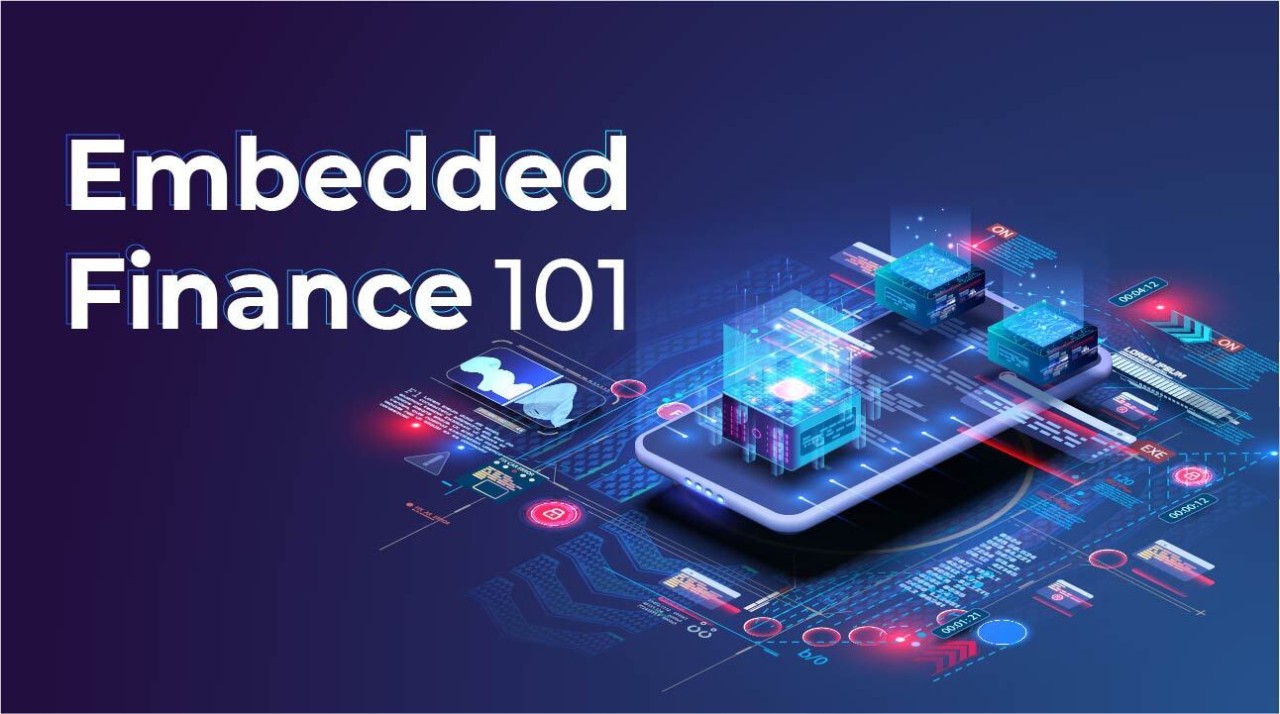
I was reflecting on the idea of embedded finance and invisible banking yesterday. It’s a great idea. We can use tech to make the world a place where you can pay for anything, anywhere at anytime. Sounds good, but is it? Some people – many who are not in our cocooned world of salaries and wealth – live day-to-day worrying about whether they can pay. The idea of making paying so much easier and invisible and embedded scares the living daylights out of them.
I always remember a discussion at one conference about credit cards and the fact that one lady kept hers in the freezer. This made it a challenge to use. She would literally have to go and unfreeze the card to enable it.
That was before the internet. Now, our cards are embedded in browsers and every time we get to checkout, we just click.
In another meeting, a consumer was explaining why cash is better than card. With cash, you have a physical thing you can see. When you use it, you can see it is being used. When you spend, you can see when you are spending too much. The thing is that if you make cash invisible, then the consumer cannot see it. It’s invisible.
Maybe that’s the rub with embedded finance. Are we creating a world where people have no idea of the meaning of money? If money is invisible, does it mean anything anymore?
This is where you see a counterview, which is to use cash. Cash is real. If I use cash, I can see the spending and cost. I don’t’ want this to be invisible and embedded; I want it to be visible and real.
This brings me back to a reality which many miss: not all people are happy with money.
We seem to have a deluded view amongst many in our world that everything should be automated, easy and, specifically, to make financial services something you don’t need to think about. But the majority of the population of the world have to think about finance, because they don’t have it. Money for many is really important. Am I able to pay the mortgage this month? Can I afford to go out for the meal tonight? What does it mean if I lose my job? How will I make money tomorrow?
In other words, it’s all well and good to embed finance in everything and make it invisible, but we need to bear in mind that 90 percent of people don’t want their money to be embedded and completely invisible. They need to keep track of it and care about it.
And maybe that’s where our industry is deficient. Do we enable people to care about their money? Do we provide sufficient methods and means to save, rather than spend? Do we think enough about educating people how to manage their lives with money?
This is where there is a huge opportunity for those willing to think about it. The opportunity is to enable embedded and invisible finance that is smart, educational, informed, real-time support. How does that work?
I guess it’s using Artificial Intelligence (AI) and Machine Learning (ML) to recognise the patterns and behaviours of someone’s spending and alerting them when they are out of range, by either spending too much or missing savings opportunities or being able to save more or not having enough savings.
That’s why I’m not a fan of embedded finance or invisible banking. I’m far more of a fan of intelligent finance and informed banking. Let’s do that. It’s far better.
Chris M Skinner
Chris Skinner is best known as an independent commentator on the financial markets through his blog, TheFinanser.com, as author of the bestselling book Digital Bank, and Chair of the European networking forum the Financial Services Club. He has been voted one of the most influential people in banking by The Financial Brand (as well as one of the best blogs), a FinTech Titan (Next Bank), one of the Fintech Leaders you need to follow (City AM, Deluxe and Jax Finance), as well as one of the Top 40 most influential people in financial technology by the Wall Street Journal's Financial News. To learn more click here...

